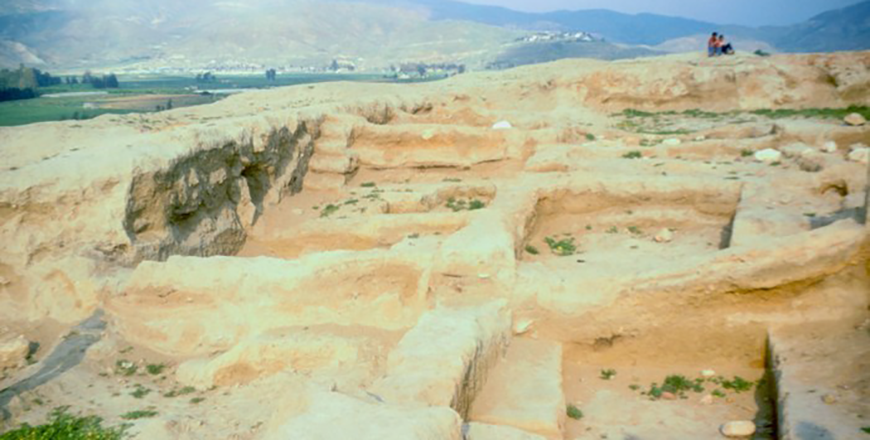AMMAN — During the mid-4th to the mid-3rd millennia Cal BC, the southern Levant saw changes in social organisation, settlement character and economy.
Settlements became walled, megalithic funerary monuments were built and technological advancement took place.
Such changes generally have been explained in the context of the emergence within the region of a number of regional city-states, each centred upon a walled “town”, said British scholar Graham Phillips.
“Although the present discussion is focused upon the internal dynamics of the southern Levant, it is probably no coincidence that these developments were broadly synchronous with major changes in west Asia generally,” said Philip.
“To the North, there was increasing south Mesopotamian contact with North Syria and Anatolia, a process in which the Levant was, at least peripherally, involved,” added Philip from the University of Durham.
To the south, the emergence of a state-level polity in Egypt appears to have coincided with increasing Egyptian interest in south-western Palestine, he said.
It is hard to imagine that the kinds of changes detailed above could have taken place without corresponding modification in both the physical and conceptual landscapes inhabited by the local population, the scholar continued.
The fact that the construction of fortified settlements and major funerary monuments was coincident with a period that witnessed the substantial restructuring of agricultural practices and social organisation suggests that it should be possible to delineate the articulations between the various strands of change through a consideration of the way in which the landscape might have been implicated in these developments, the professor explained.
“The present account represents an attempt to use an approach rooted in ‘landscape archaeology’ to examine the inter-connected nature of the various developments, and thus to elucidate their combined impact without recourse to the traditional explanatory mechanism of the appearance of state organisations,” Philip elaborated.
He noted that the key notion is that landscapes are seen to be composed not simply of physical space but of culturally meaningful “places.”
“As Knapp and Ashmore point out, ‘landscape is an entity that exists by virtue of its being perceived, experienced and contextualised by people’, and so is neither a passive backdrop to nor a determinant of culture.
As people’s senses of place arise from their own particular engagement with the world, notions of place are highly dependent upon individual social, cultural and historical situations,” Philip elaborated.
A community’s particular sense of place and time will play a key role in structuring the way in which they make use of the available material resources, and thus occupy and manage their environment.
In this way landscapes can be seen to constitute social and ideological symbols which shape people’s comprehension and experience of the world, Philip explained.
The scholar added that humans do not inhabit a neutral geometric space but rather “experiential landscapes”, shaped by beliefs and values and perceived as they move, in the pursuance of their daily activities, through a network of places connected by pathways and routes.
“This is what Barrett has termed people’s ‘routine occupancy’ of the landscape,” he added.
“From this standpoint, it is clear that constructional activity, and other physical modifications to the landscape, such as those consequent upon changing agricultural practices, will create new places, even new kinds of places, and modify existing ones. As a result, the network of routes and patterns of movement will change,” Philip underscored.
In this way, human activity transforms not just the physical landscape, but also the way in which it is experienced, both through modified places and changing patterns of movement.
As people transform physical spaces into meaningful places through their daily engagement with the material world, the major changes in the nature and organisation of economic activity during the EBA, much of which required direct manipulation of the physical environment, would surely have had a significant impact upon the manner in which “places” were created and understood, the professor concluded.
